Indiana 529 Plan Update
Indiana 529 Plan beneficiaries now have more options than before for the funds in their accounts.
The SECURE 2.0 Act, a recent federal legislation, brings a transformative change for Indiana 529 plan account owners. These individuals can now roll over their remaining, unused 529 plan account balances to fund Roth IRAs, and these funds will be available on January 1st, 2024.
In this article, we cover:
What is an Indiana 529 plan?
The significance of the SECURE 2.0 Act
Requirements to roll over an Indiana 529 plan
Seeking expert guidance
What is an Indiana 529 Plan?
An Indiana 529 plan is a tax-advantaged savings plan designed to encourage individuals and families to save for future higher education expenses. Named after Section 529 of the Internal Revenue Code, these plans are officially known as "qualified tuition plans."
One of the primary benefits of the Indiana 529 plan is its tax advantages; earnings on contributions grow tax-free, and withdrawals for qualified educational expenses are also tax-free at both the federal and state levels. Additionally, Indiana residents may be eligible for a state income tax credit or deduction for contributions made to the plan, providing further financial incentives to save for educational purposes.
The Significance of the SECURE 2.0 Act
The introduction of this legislation underscores the evolving landscape of educational and retirement planning. While the primary objective of 529 plans has always been to save for educational expenses, the Act now offers a dual benefit by aiding retirement savings.
Furthermore, the unpredictability of educational trajectories necessitates a more flexible approach. Only some individuals pursue post-secondary education immediately after high school. With the SECURE 2.0 Act, families can harness the benefits of a 529 plan for either educational or retirement purposes, enhancing financial flexibility.
Requirements to Roll Over an Indiana 529 Plan
The 529 account must have been open for more than 15 years.
The eligible rollover amount must have been in the 529 account for at least 5 years.
The annual rollover limit is subject to Roth IRA annual contribution limits ($7,000 for 2024; $8,000 for individuals age 50 and older).
There is a lifetime rollover limit of $35,000 for each 529 account beneficiary.
Rollovers can only be made to the Roth IRA account owned by the named 529 account beneficiary.
Roth IRA income limits do not apply for this type of contribution.
Seeking Expert Guidance
The SECURE 2.0 Act heralds a new era for 529 plans, broadening their scope and utility. Families, armed with this knowledge, should proactively assess their 529 plan strategies in alignment with both educational and retirement goals.
For those seeking clarity or considering modifications to their 529 plans, reaching out to a financial advisor can help. Professionals, such as those at Aurora Financial Strategies, specialize in offering tailored guidance, ensuring families harness the full potential of their 529 plans. Reach out to Aurora Financial Strategies to meet with our experts for trusted guidance in planning your financial future.
Investment Advisory Services are offered through BCGM Wealth Management, LLC dba Aurora Asset Management (Aurora). PAST PERFORMANCE IS NOT A GUARANTEE OF FUTURE RESULTS. Investment decisions should always be made based on the client’s specific financial needs, goals and objectives, time horizon and risk tolerance. Advisory services are only offered to clients or prospective clients where Aurora and its representatives are properly licensed or exempt from licensure. No advice may be rendered by Aurora unless a client service agreement is in place.

